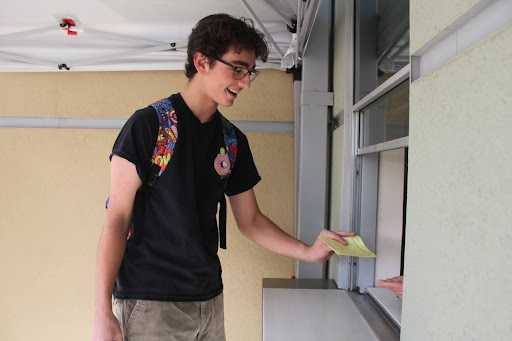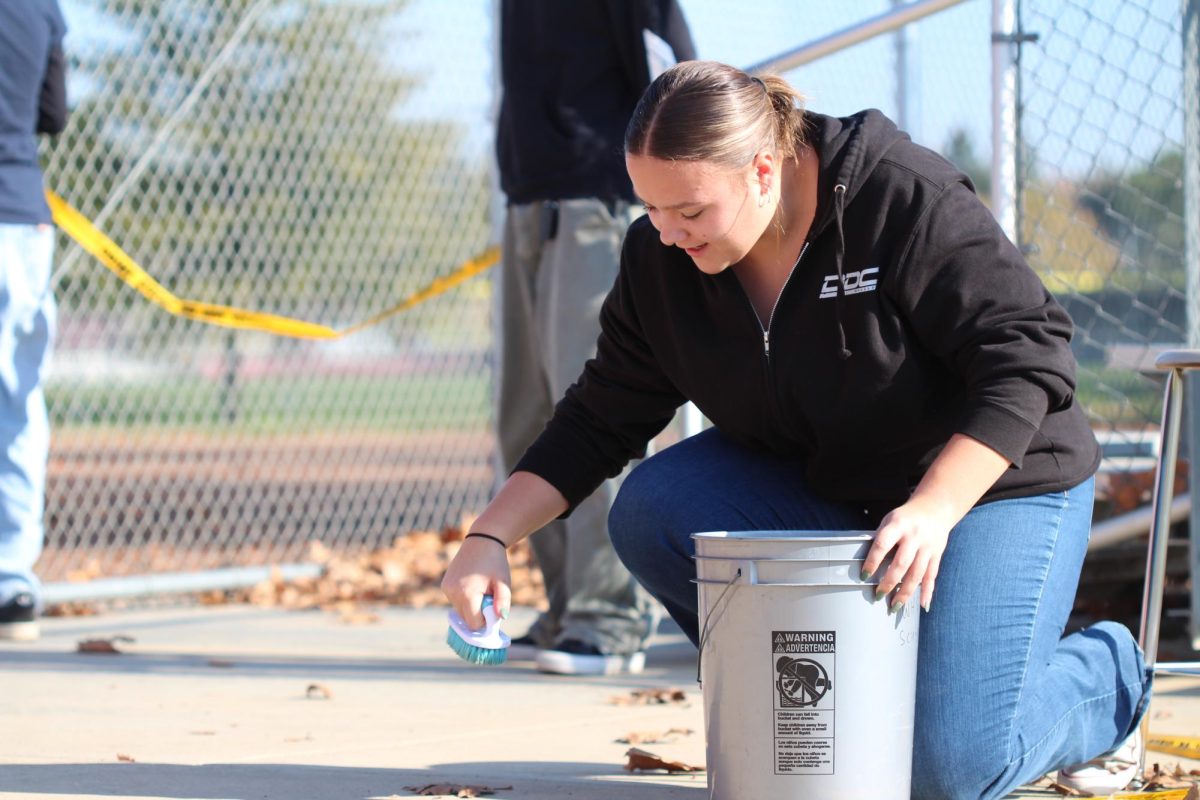In many classrooms, desks are empty and names are called with no student responding day after day. Truancy, defined as “missing more than 30 minutes of instruction without an excuse three times during the school year,” according to the California Department of Education, has been on the rise for the last three years. In fact, The Washington Post reported nearly two-thirds of schools are struggling with student attendance in the 2021-2022 school year
Student attendance has declined since the pandemic, with over 25 percent of students being classified as chronically absent. Chronic absenteeism means a student misses 10% of the school year or more, which equates to 2-3 days a month for RUSD students. Chronic absenteeism has been linked to missing important educational milestones, an increased likelihood of dropping out of school and can lead to poor outcomes later in life, according to The United States Department of Education.
“I have definitely seen an increase in absences,” Attendance Clerk Michele Lininger said. “I would say at least a 30 percent [increase] in the last decade.”
In addition to affecting students, however, absenteeism also affects school funding. California, and six other states, use Average Daily Attendance, called ADA, to determine the amount of funding the schools receive. Higher attendance at schools allows the school to receive more funding than schools with low attendance rates.
“Absences are pretty consistent. Some grade levels have more absences than others,” Assistant Principal Mrs. Lisa Gack said. “We have a lot of students that are tardy to class, and a lot who just don’t come to school.”
In addition, California schools do not receive any funding for students who are absent from school for any reason. School funding affects all students on campus as it allows the school to invest in better educational resources, student support systems, campus maintenance and more. The school receives over $12,000 per student, depending on attendance.
“Our attendance has gone up and has been steadily going up since the pandemic, the pandemic was a big hit,” Principal Scott Collins said. “If you had a bit of the sniffles or a cough you’d still probably try to come to school. After, during, and right after the pandemic, that changed drastically because for a couple of years, they were like ‘Hey, if you’re sick at all, don’t come at all.’”
The district controls the funding that comes from schools’ attendance. The funding is distributed to schools based on their yearly enrollment, rather than their day-to-day attendance. Funding from attendance can go to teacher raises, new technology in classrooms, new books and other school supplies. These can be cut when attendance rates get too low.
“I go to work instead of coming to school,” Connor Decker-Reynolds said. “[Being absent] doesn’t really affect me as long as I stay on all my grades and all that. I feel like especially these days since we do a lot of online stuff I don’t really need to be in school.”
Truancy notices are sent out when students have more than three or more absences, which include excused absences, undocumented medical appointments, vacations, mental health days, or simply not wanting to go to school. Without a valid excuse, students are subjected to disciplinary actions, including a School Attendance Mitigation Referral.
“I was absent about once every two weeks,” Martin Lim said. “I got sick every two weeks and had a lot of doctor’s appointments before I received my truancy letter. When I saw it, I didn’t really know what it was, but it made me worried and my heart dropped.”
Truancy can affect students in negative ways, including putting their families at risk of fines, court cases and students academically. If students receive their first truancy notice, they are susceptible to a meeting with a school counselor. With a second truancy notice, students may receive a written warning from a peace officer. If a student receives a third truancy notice, students are defined as a “habitual truant” and are subject to attending a review board meeting or a truancy mediation program. On the fourth truancy notice, students are subject to juvenile court.
“[Absences] stress [students] out, and makes them feel overwhelmed because it’s hard to catch up,” physics teacher Mrs. Erin Johnson said. “Taking eight classes at Whitney High School is a beast, and missing one day can have really negative impacts.”
By GRACE BOYD & IZZY SOTO






